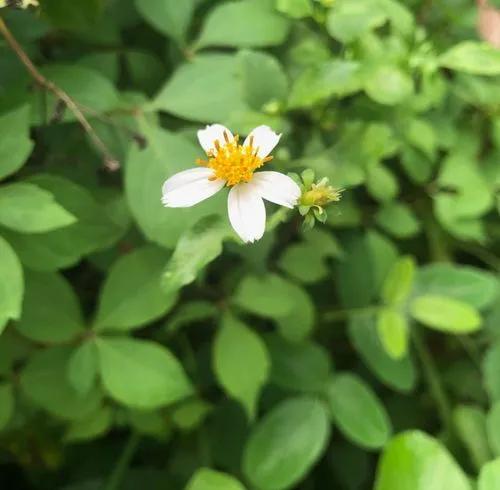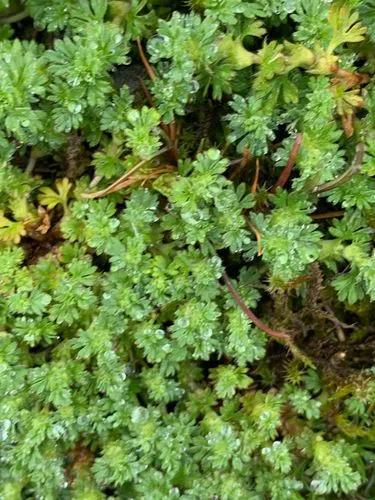Cilantro is a fast-growing annual herb from the Apiaceae family. Its homeland is the Eastern Mediterranean. Coriander is used as a spice and an ingredient in perfumes.
Cilantro Care
Coriandrum sativum



Cilantro has a straight bare stem 16-28 inches (40-70 cm) tall, branched at the top. Basal leaves are broadly lobed and coarsely dissected, with wide lobules and long petioles. Upper leaves are located on short petioles with narrow linear segments. The flowers are small and arranged in complex umbrellas at the ends of the peduncles. They can be white or pink. Coriander produces spherical ribbed fruits. Cilantro blooms in June-July. The fruits ripen in July, August, and September.
How to Care for the Plant

Water

Water Coriander regularly after sowing. Reduce watering when seedlings emerge, keeping the soil slightly moist. After your green pet matures, stick to a moderate irrigation routine. It's always best to water from the bottom so the plant can suck up the liquid it needs. Typically, Cilantro needs a small sip once a week.

Pruning

Start trimming Coriander when the plant is at least 5 inches (15 cm) tall. Cilantro needs to be trimmed frequently to encourage new growth. Pinch or cut the stems from the plant carefully to avoid damage. You can also remove dead or dry parts.

Fertilizer

Apply the nutrients (phosphorous, nitrogen, and potassium) to the soil before planting your Cilantro. You can also feed your greenie once or twice during the growing season.

Sunlight

Coriander prefers areas well-lit by the sun. It also thrives in partial shade. If the plant does not have enough light, the stems will begin to stretch upward, weaken and lose their taste. You also need to protect the plant from drafts.

Soil

The soil can be loamy or sandy, neutral or slightly alkaline. Mix it with humus (half a bucket for each m²) and a small amount of wood ash, which can be replaced with complex mineral fertilizers (20-30 g).

Propagation

Cilantro propagates by seeds. You can plant them throughout the season. They do not require pre-treatment and do not need soaking. However, you should keep in mind that this greenie dislikes repotting, so you need to be extra careful!

Temperature

This plant is cold-resistant; it tolerates minor frosts. However, the temperature should never fall below 40_°_F (5°C). The optimal temperature range for Cilantro is 68-77°F (20-25°C).

Container

You can grow Coriander in pots or trays as long as they are deep enough to accommodate the plant’s roots. It's best to use wide spacious containers with drainage holes at the bottom.

Fun fact

Coriander can prevent diabetes. Studies have shown that it promotes insulin secretion and helps lower blood sugar levels.

Popularity

24,562 people already have this plant 3,544 people have added this plant to their wishlists
Discover more plants with the list below
Related articles






